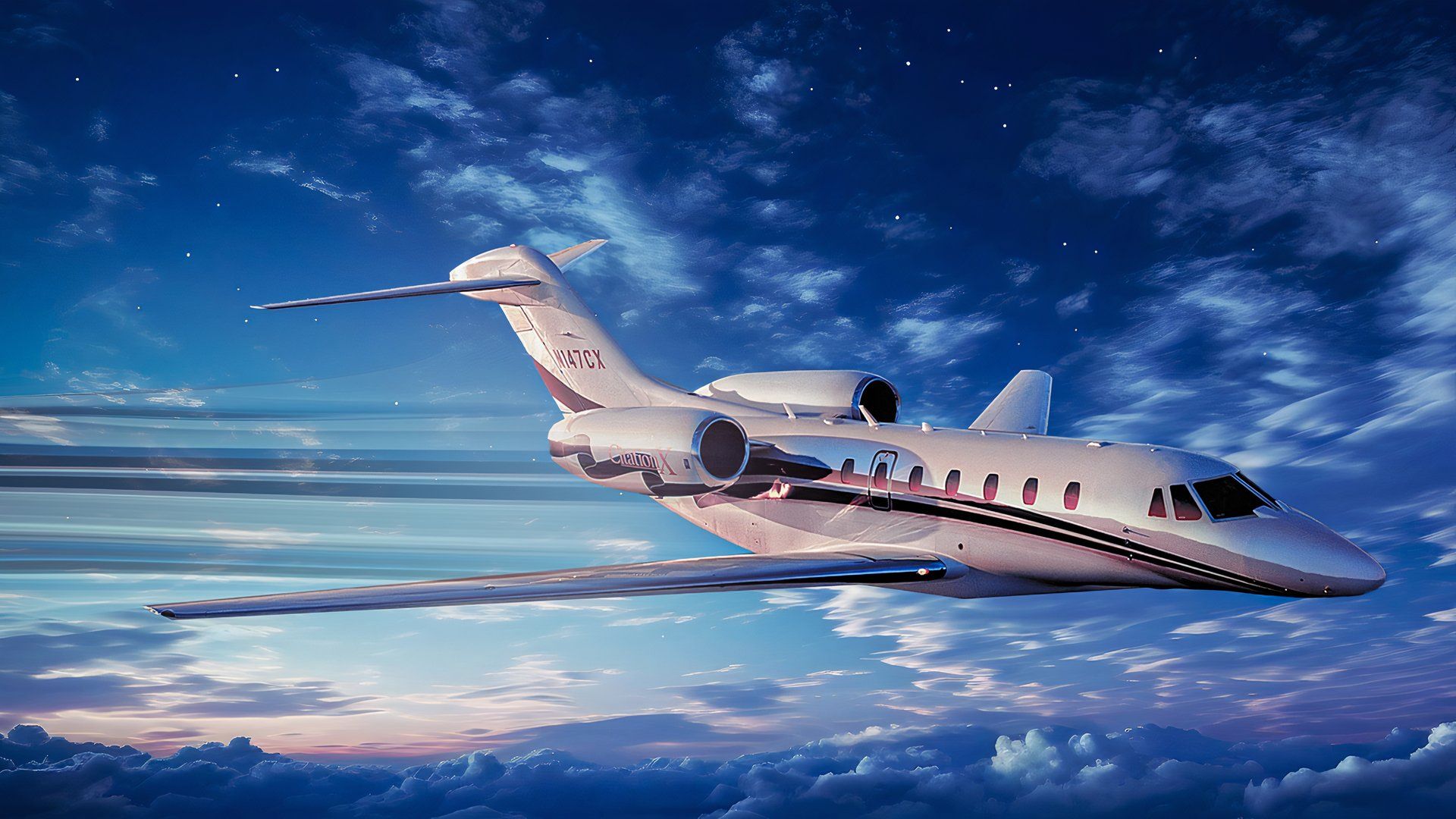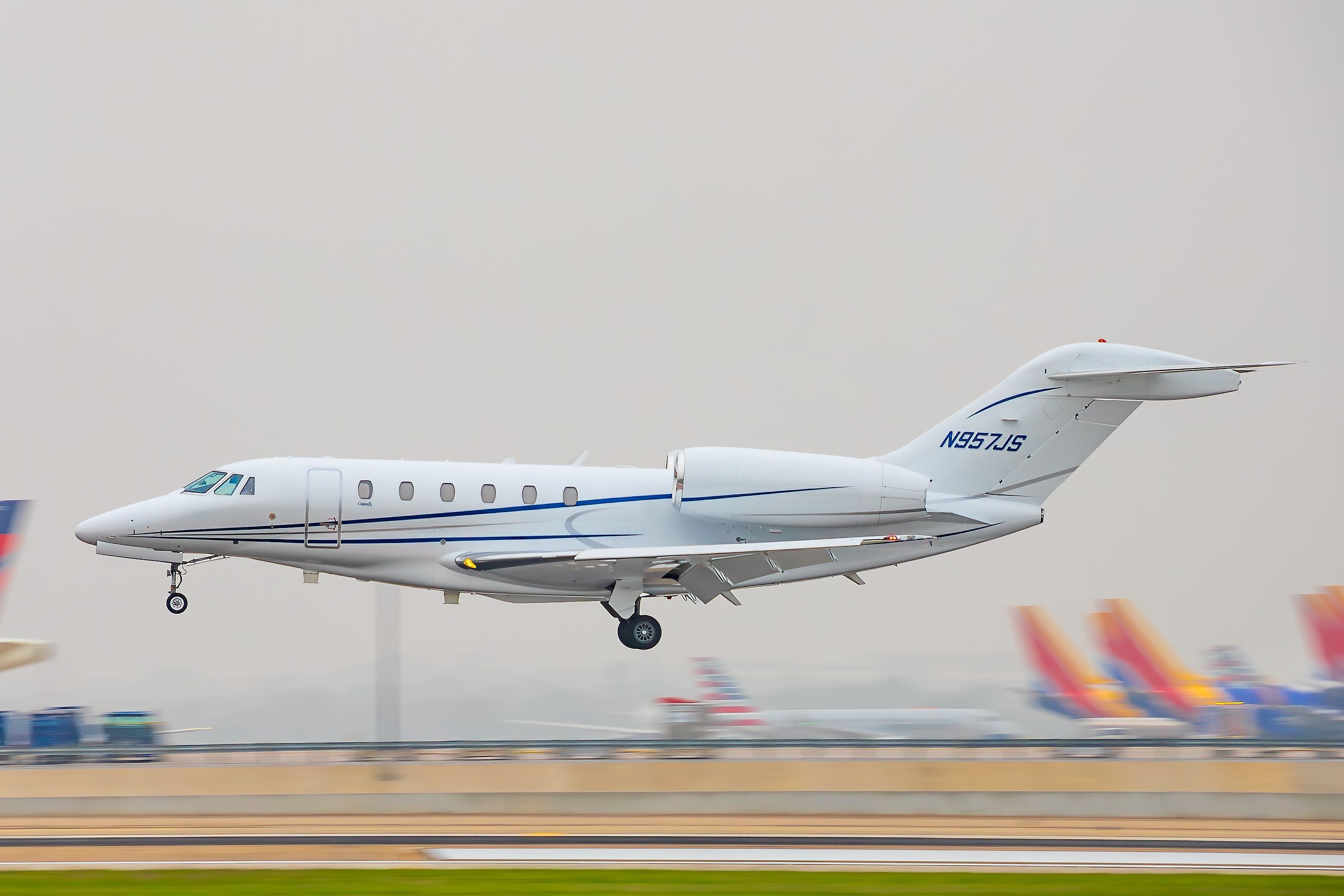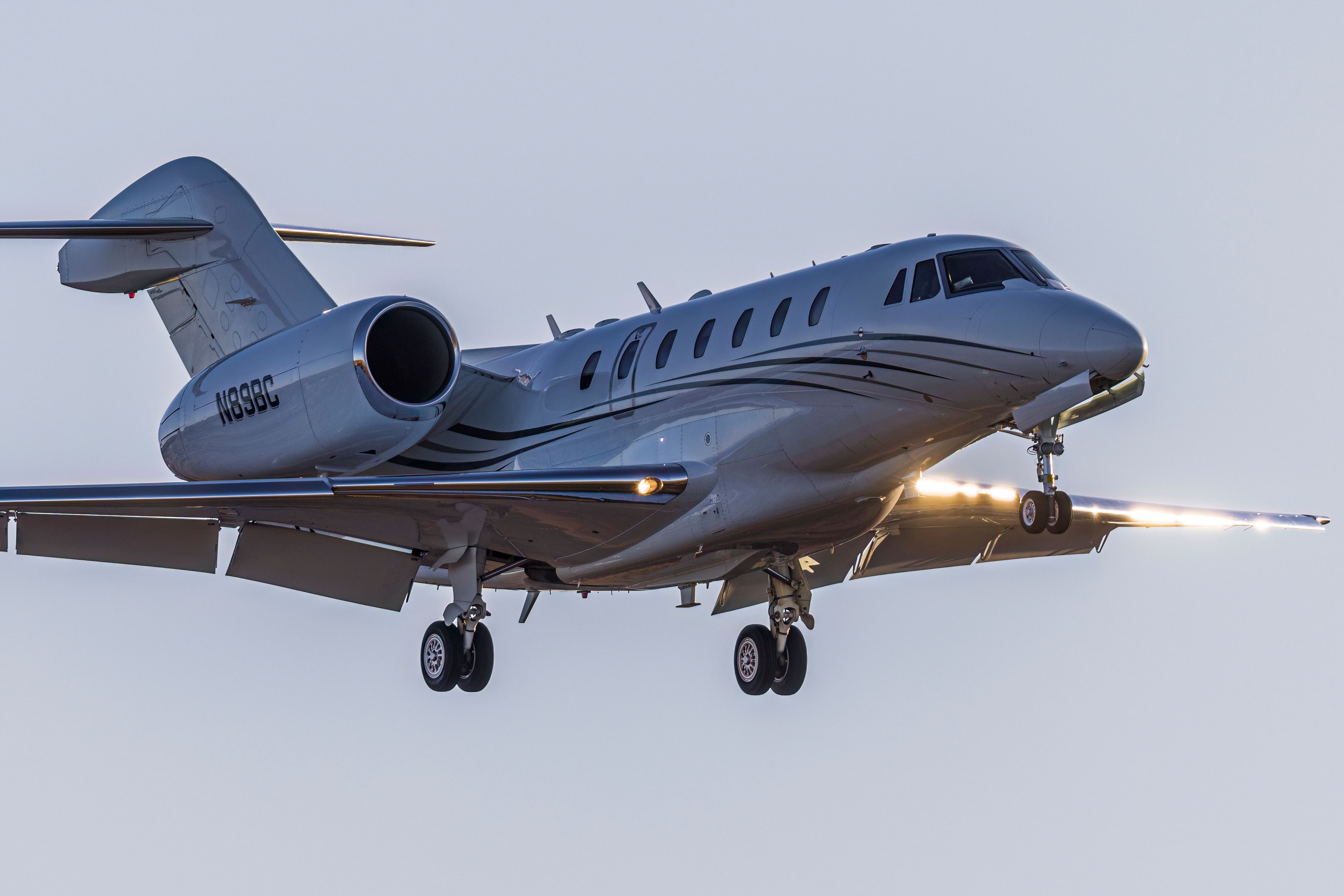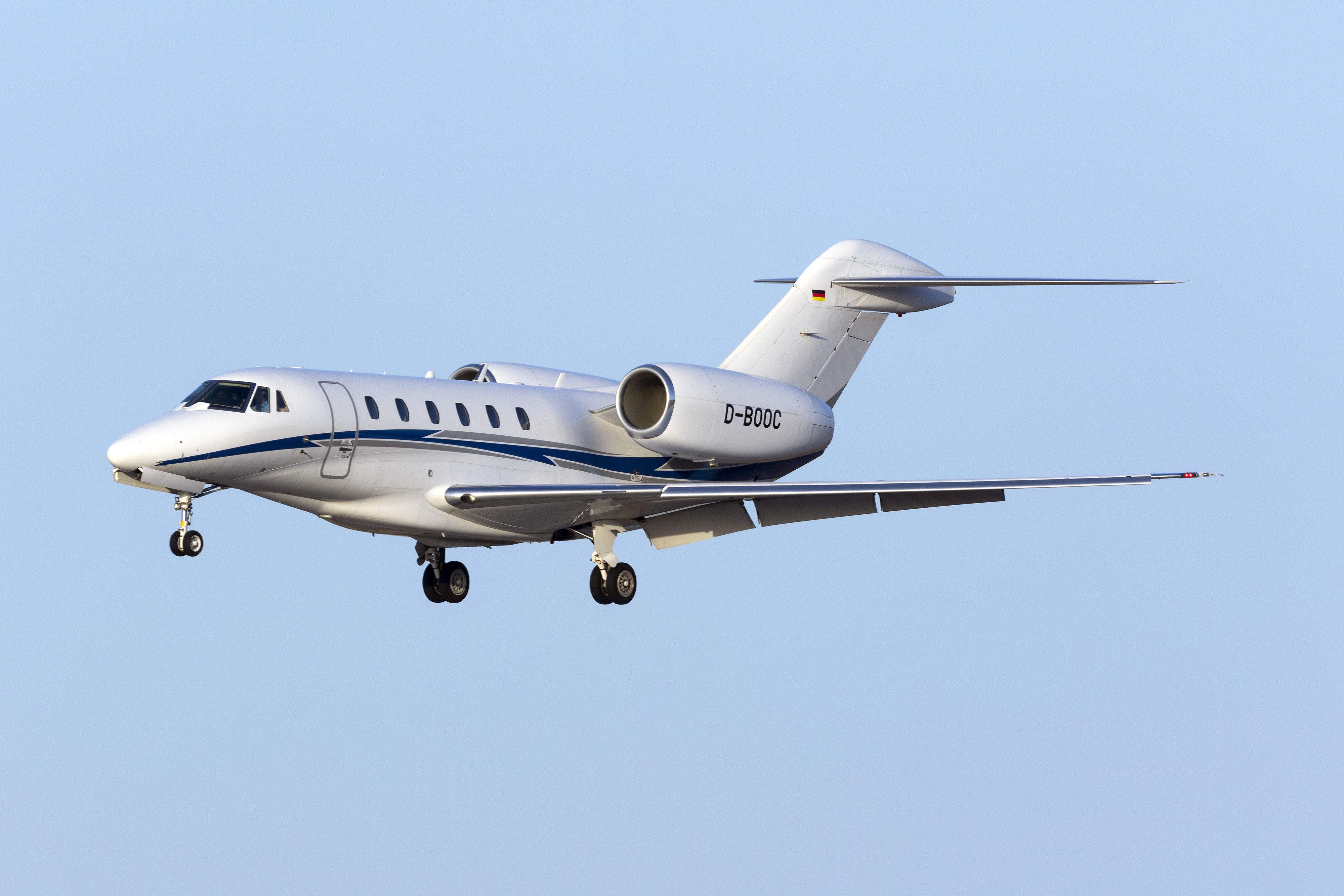Summary
- Cessna Citation X revolutionized the image of slow business jets with speeds up to Mach 0.935.
- The design featured a new wing, powerful Rolls-Royce engines, and advanced Honeywell and Garmin avionics.
- Despite setting speed records, production halted in 2018 due to overlap with Citation Longitude.
Cessna is one of the most prominent original equipment manufacturers (OEM) in the world. The Wichita, Kansas-based company is well known for producing the most popular plane in the world, the Cessna 172 Skyhawk. More Skyhawks have been produced than any other aircraft ever. The company, which Textron Aviation currently owns, is also known for its other existing single-engine piston aircraft, like the Cessna T206 Stationair or the Cessna 182 Skylane, or its current turboprop offering, the Cessna Grand Caravan.
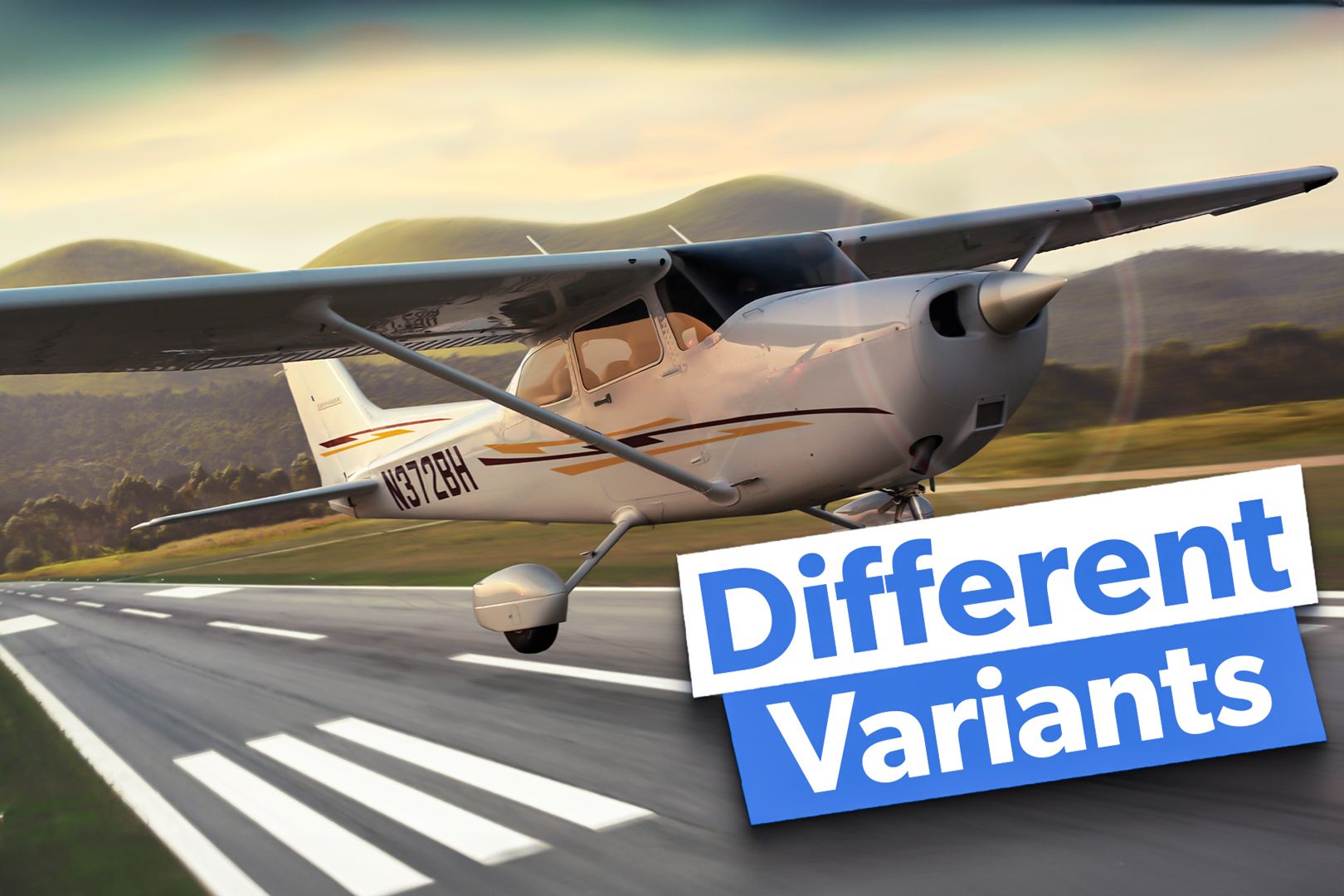
Related
Single-Engine Piston: The 5 Different Cessna 172 Variants
With a production run spanning almost 70 years, there have been quite a few different variants of the Cessna 172.
However, Cessna has slowly become more recognized for its Citation line of business jets. The family of aircraft was originally started in 1972 with the introduction of Cessna’s first business jet, the Citation I. Currently, the line stretches from very light business jets, like the Citation M2, to its larger super midsize offering, the Citation Longitude. All business jets in the Citation family have become known for their competitive speeds, ranges, and relatively low operating costs.
However, after the introduction of the Citation I in 1972 and the subsequent models in the Citation family, the Cessna Citation business jet had a reputation for being relatively easy to control and maneuver. However, the Citation family was also known as a slow private jet, especially when compared to other Learjets at the time.
Photo: lorenzatx | Shutterstock
Cessna introduced one aircraft to shake this image: the Cessna Citation X. This business jet would set speed records almost immediately after its introduction, reaching a top speed of Mach 0.92 (682 miles per hour). The latter variant, the Citation X+, would reach Mach 0.935 (693 miles per hour). This aircraft would change the image of the Citation line of business jets forever. Let’s take a closer look at the Cessna Citation X and how it reached its incredible top speed.
Top speed of the early 2000s
As previously mentioned, Cessna looked to shake the image of being a slow business jet in the early 1990s. To achieve this, Cessna unveiled a brand-new business jet, which would later be designated the Citation X, at the annual 1990 National Business Aviation Association (NBAA) convention. The aircraft then began a lengthy design process in order to meet Cessna’s intended specifications.
Eventually, the first prototype aircraft flew for the first time in December 1993. The certification process continued, although it ran into several delays. Cessna had difficulty certifying the engines, mostly due to bird strike issues as well as high-altitude and low-speed flameouts. The engineering team also struggled to integrate the avionics systems into the aircraft efficiently. Finally, Cessna decided to increase the maximum takeoff weight (MTOW) of the aircraft shortly before the anticipated scheduled certification date. However, after a lengthy certification process, the Federal Aviation Administration (FAA) awarded Cessna the type certificate for the Citation X on June 3, 1996.
Photo: BlueBarronPhoto | Shutterstock
One of the world’s most famous golfers, Arnold Palmer, took delivery of the first Citation X in July 1996. Immediately after its introduction, the Citation X began setting speed records due to its high maximum speed of Mach 0.92. Palmer and his team set one of the records in September 1997.
The speed records continued with the introduction of the Citation X+ in 2014. This aircraft included newly upgraded engines, the Garmin G5000 avionics system, and newly designed winglets. The winglets were an option on the Citation X but eventually became standard on the Citation X+. However, only around 30 Citation X+s were built, compared to the 315 Citation Xs produced. Cessna realized an overlap with one of the company’s newer jets, the Citation Longitude. The much newer Citation Longitude had a larger cabin and a further range. This led to Cessna halting production of the Citation X in 2018.
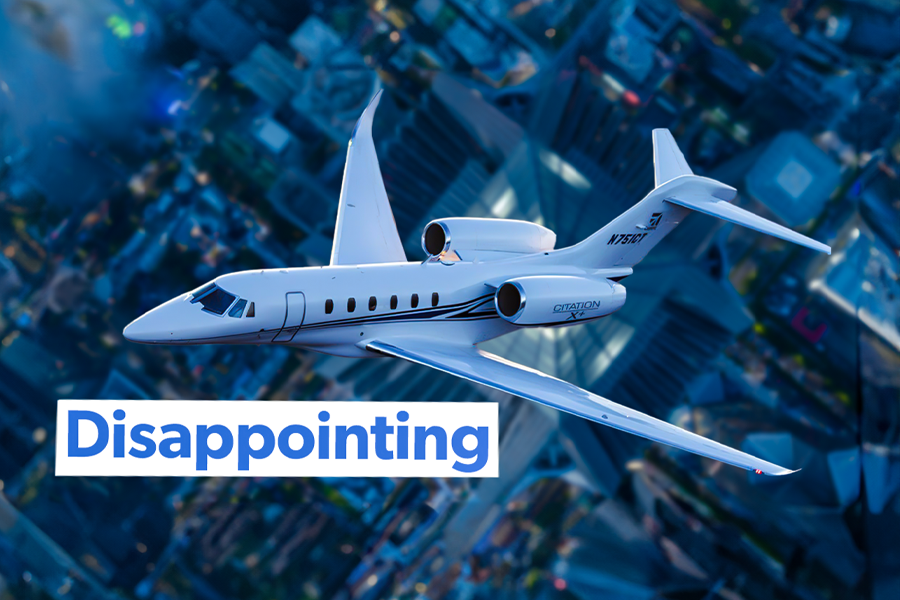
Related
Why Was The Cessna Citation X+ Disappointing?
The fastest private jet was challenged by a change in the market.
How the Citation X was so fast
The majority of the Citation X was a clean sheet design. This includes a new wing, tail cone, and flight control systems. The cross-section of the fuselage was similar to existing Citations, like Citation III and Citation VII. This allowed the aircraft to fit up to 12 passengers. Per Guardian Jet, the cabin had the following measurements:
- Cabin length: 23.9 feet
- Cabin height: 5.7 feet
- Cabin width: 5.5 feet
The wing was newly designed and highly swept, reaching 37 degrees. It is attached to the aircraft underneath the fuselage instead of passing through the cabin section. This means the wing can be manufactured in one piece, and space is saved within the cabin.
Photo: InsectWorld | Shutterstock
Two Rolls-Royce AE 3007C turbofan engines power the Citation X, each providing around 6,500 pounds of thrust. Additionally, the cockpit for the Citation X utilizes the Honeywell Primus 2000 EFIS avionics suite. Later models of the Citation X+ utilize the Garmin G5000 avionics system.
Other notable performance features
Major design changes to the Cessna Citation X, like the new highly swept wing and powerful engines, helped the aircraft reach a top speed of Mach 0.92. However, the aircraft also had other competitive performance measures, including:
|
Specification |
Citation X |
Citation X+ |
|---|---|---|
|
Length |
72.53 feet |
73.58 feet |
|
Height |
19.2 feet |
19.25 feet |
|
Wingspan |
63.6 feet |
69.17 feet |
|
Maximum takeoff weight (MTOW) |
36,100 pounds |
36,600 pounds |
|
Cruise speed |
528 knots (608 miles per hour) |
528 knots (608 miles per hour) |
|
Range |
3,460 nautical miles (3,982 miles) |
3,460 nautical miles (3,982 miles) |
The aircraft could also reach 47,000 feet in just 24 minutes, although it was cleared to reach a ceiling of 51,000 feet. The Citation X also required a take-off distance of 5,250 feet and required a landing distance of 2,815 feet.
